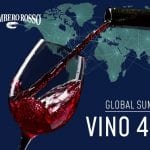The future of great red wines is in the hands of the western world and top sommeliers. The new European consumer prefers leaner, lighter, fresher wines. Gabriele Gorelli, Italy's first Master of Wine, calls them contemporary wines, in contrast to Parkerian wines. He also gives them a birth year: 2015, marking the turning point away from extreme extractions, intrusive oak, and Bordeaux blends. While changes had begun earlier, it was in 2015 that this emerging trend became a consolidated reality, accompanied by shifts in climate, consumption, and generational preferences. The world of boomer wines – Gorelli's term – has given way to Gen X wines. This shift matters little to the fact that boomers and Gen Xers remain the primary wine consumers. The generous 2015 vintage in both quantity and quality was a turning point, leaving behind cellar wines and embracing vineyard wines, meeting the demands of a public tired of enological omnipotence. The change was swift and bidirectional: producers taking new paths found consumers eager for new wines waiting (or following, in some cases). These new wines are terroir-driven, authentic, essential, often single-varietal. Italy, with its rich ampelographic variety and traditional productions, has been fertile ground for these wines, rediscovered and produced with a contemporary spirit over the last decade.
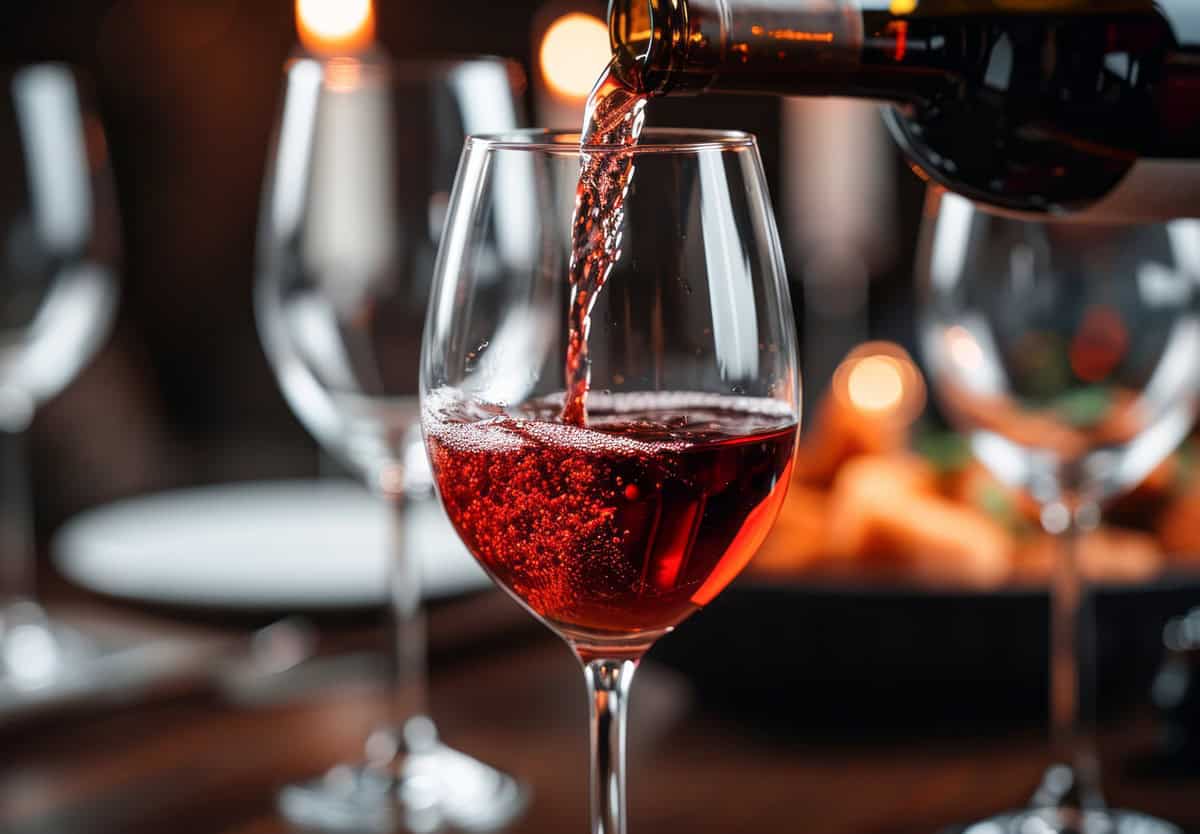
The result has been the year-round rise of white wine consumption and a preference for lighter, simpler reds, even in regions known for great reds. "We see often worrying numbers," said Gabriele Gorelli at the Wine at a Crossroads: Changing Consumption and Trends event during Festa a Vico. "A German importer recently said that in the coming years, 70% of important wines will be white, eroding the market share of reds by 20%." This grim outlook, however, includes some hopeful points: "Italian wines are growing in China. Customs data for the first four months of the year show growth in value, which hasn't happened in a long time." Yet, the positive trend once again favors white wines. Is there no future for great red wines? "The more structured wines have a market we've perhaps neglected: South America, where young people like red wine, it signifies status and is popular despite the climate. And these are countries we feel closer to, without high cultural barriers. Have we been looking too far east instead of west in recent years?" Gorelli’s comment is provocative but not entirely. The reality involves rebuilding the market, from large-scale sales to individual glasses, in a context where wine consumption among younger people is declining in favor of other drinks, amid the winds of neo-prohibitionism in Europe.
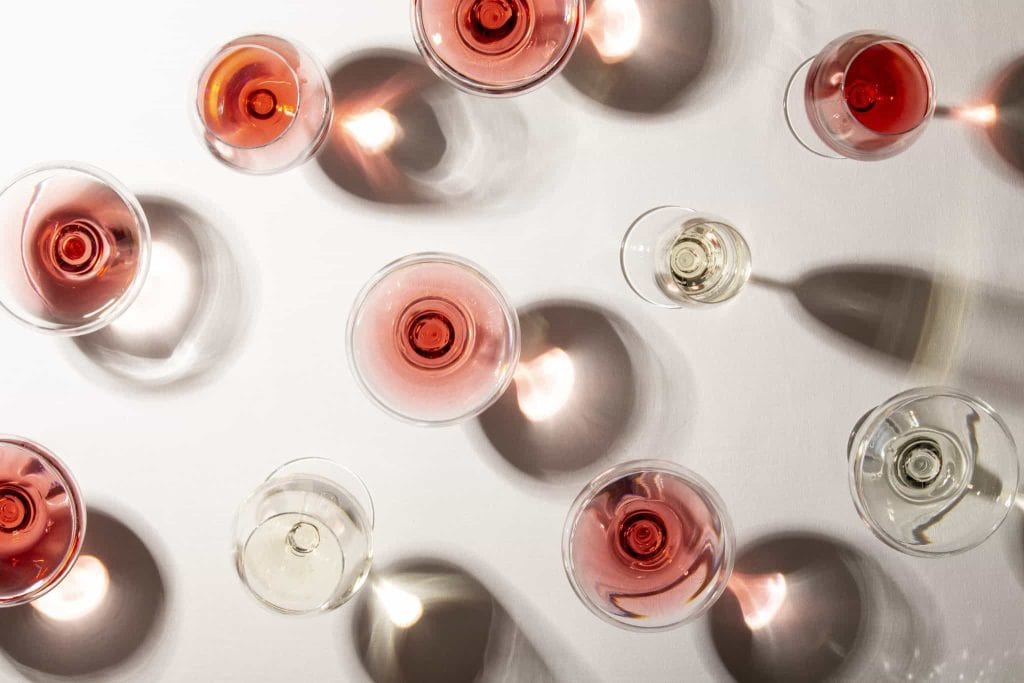
Wineries and Restaurants
Gianni Piezzo, sommelier at La Torre del Saracino by Gennaro Esposito, the organizer of the charity event that has animated Vico Equense for 21 years, explained it well: "Wine consumption has contracted: people drink less, perhaps drink more quality, and young people choose mainly cocktails and light, immediate wines." Even if this is the market trend, top restaurants have a significant enological heritage to manage. "Today, I find it challenging to sell wines with great structure," those monumental wines that must be on the menu at a great restaurant, requiring significant economic investment. This investment implies opening bottles at the right moment without succumbing to hasty sales, storing them year after year with substantial capital tied up in inventory. But if they are difficult to sell, it's a problem. "Opulent wines are no longer used throughout the meal; we pair them with more complex dishes." Pairing is the way to move the cellar and revive wine consumption in a radically changed reality from a decade ago, where it's increasingly important to catch new customer tastes. "The pairing offering has expanded: not just wine, but also cocktails and non-alcoholic options."
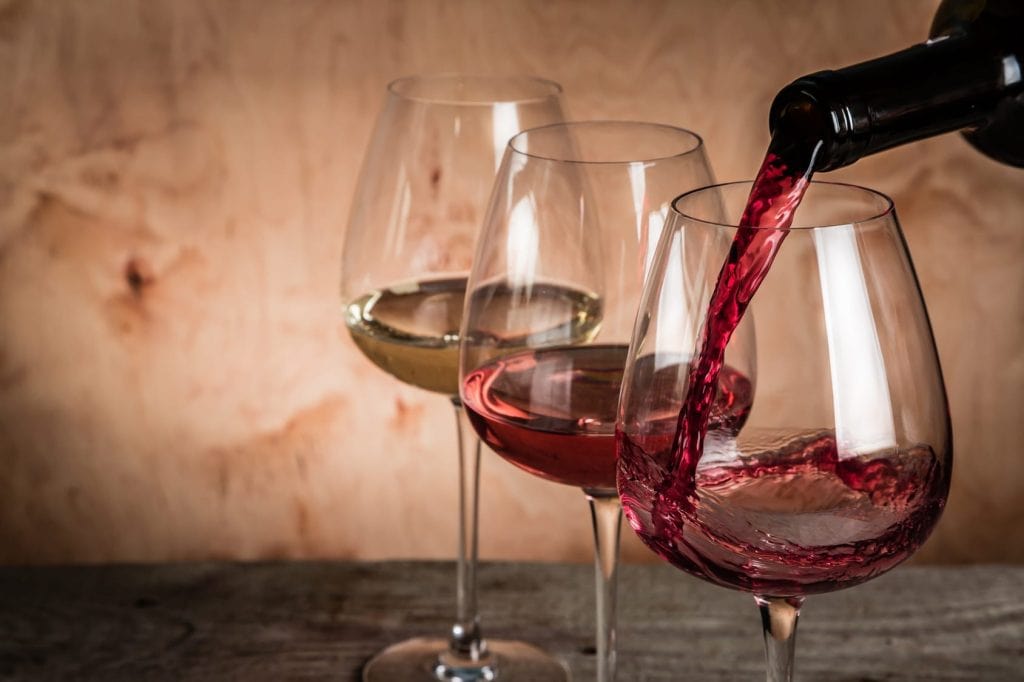
The right pairing and the role of the Sommelier
"The right pairing is a rare magic that can help manage wine consumption issues," commented host Gennaro Esposito, adding, "In restaurants, there are often explanations about wine and very little about pairing." This challenge engages the sommelier's and restaurant's personality, meaning there is no perfect pairing: "Pairing is an experience, a style, an ethos tied to the venue," Gorelli said, "which can add something extra beyond what's in the glass." This includes not only organoleptic perceptions but also the cultural, historical, and environmental heritage that the territory brings to the wine and which the sommelier must convey: "Wine is not just water and alcohol; it has cultural value, which is the response to the European campaign against wine," said Tommaso Luogo of Ais Campania. "From my perspective, Campania is a region where a supply chain intertwines archaeology, landscape, grape varieties, and human value, with the landscape reflected in the wine, the work of man with terracing: we walk on incredible heritage, which the sommelier must convey. For this reason, I say the sommelier's role is still undervalued." The approach, however, must be light and immediate: "Leave the technicalities to schools," said Lorenzo Mancusi, sommelier and general manager of Drink Kong Bar in Rome. "We need more simplicity in descriptions, a return to essentials to connect with young people, who seek a carefree approach rather than virtuosity. Wine is straightforwardness that can be described simply." And if this requires using another wine as a model, so be it: "Declaring a style and referencing a certain wine to explain another is inclusive communication," added Gorelli. "The primary goal is to reach the consumer."

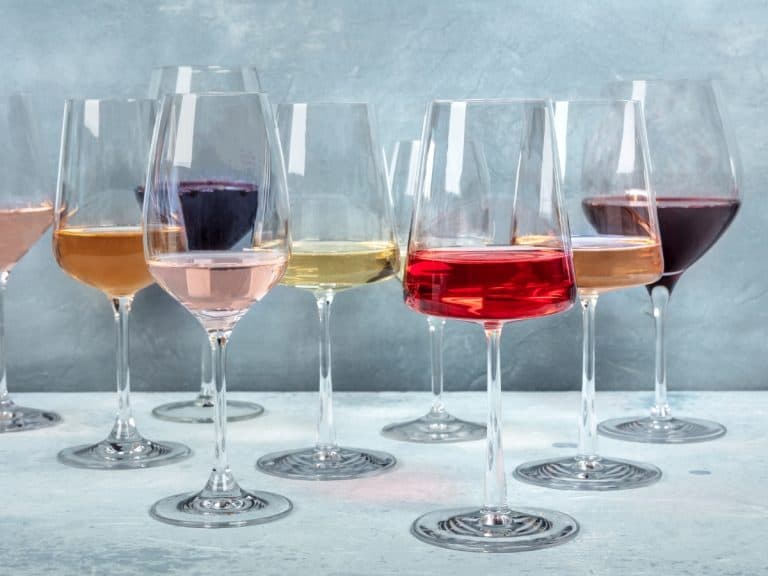
 Meloni: "Tariffs? If necessary, there will be consequences. Heavy impact on agri-food sector"
Meloni: "Tariffs? If necessary, there will be consequences. Heavy impact on agri-food sector" The Government honours the greats of Italian cuisine, from Bottura to Pepe. Massari: "Thank you, Meloni, the only one who listened to us"
The Government honours the greats of Italian cuisine, from Bottura to Pepe. Massari: "Thank you, Meloni, the only one who listened to us" "We must promote a cuisine that is not just for the few." Interview with Massimo Bottura
"We must promote a cuisine that is not just for the few." Interview with Massimo Bottura Wine was a drink of the people as early as the Early Bronze Age. A study disproves the ancient elitism of Bacchus’ nectar
Wine was a drink of the people as early as the Early Bronze Age. A study disproves the ancient elitism of Bacchus’ nectar "From 2nd April, US tariffs between 10% and 25% on wine as well." The announcement from the Wine Trade Alliance
"From 2nd April, US tariffs between 10% and 25% on wine as well." The announcement from the Wine Trade Alliance